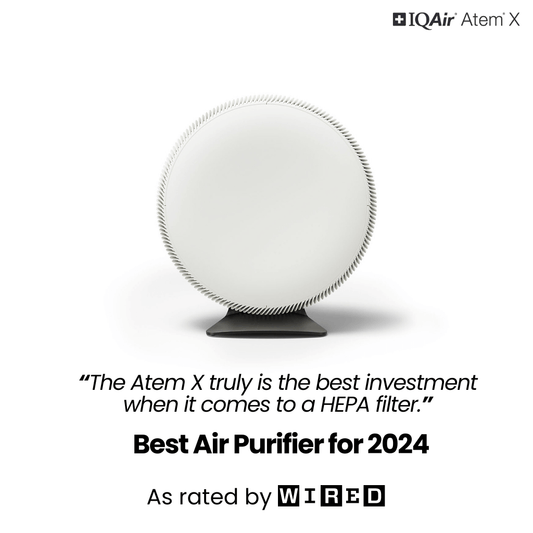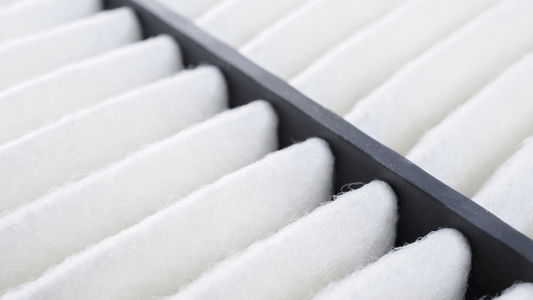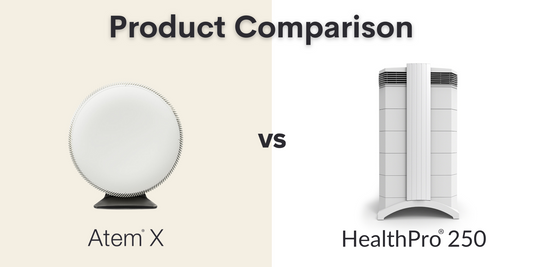The impact of traffic-related and Particulate Matter (PM) pollution on childhood allergy and asthma are in the medical literature this month, along with a report on a new way of reducing airborne allergens.
- Does exposure to air pollution from heavy traffic actually cause allergic sensitisation in children? The answer has never been clear, but we are one step closer to understanding this key issue, thanks to a new report from researchers in Stockholm (http://www.aaaai.org/global/latest-research-summaries/Current-JACI-Research/air-pollution-allergic-sensitization-child.aspx). They tracked more than 2,500 Stockholm-based children from birth to the age of eight, taking blood samples and asking about wheezing and other allergy symptoms. Levels of nitrogen oxide and PM10 pollution were also estimated for the children’s home and school addresses to see how far they had been exposed. Air pollution exposure during the first year of life was found to be linked to increased risk of pollen sensitisation at the age of four. However, traffic-related air pollution exposure did not, overall, increase the risk of sensitisation to other common inhaled allergens. The study, which is part of the BAMSE (Children, Allergy, Milieu, Stockholm, Epidemiological Survey) suggests that infancy is the time to protect your child from later development of pollen allergy.
- When it comes to exposure to PM pollution, the general rule is that the smaller the particle, the bigger the health risk. Ultrafine particles (UFPs), with a diameter of 0.1 microns, or less, can penetrate deep into the lungs and may even make it into the bloodstream. In a new study (https://www.ncbi.nlm.nih.gov/pubmed/22156960), a team in Copenhagen checked hospital admissions for childhood asthma against levels of nitrogen oxides, PM10, PM2.5 and UFPs. They found that all these forms of pollution except UFPs were linked to an increased risk of asthma attacks warranting hospital admissions in children aged 0-18 years. This is intriguing – because research in adults has clearly shown that respiratory effects are more strongly associated with UFPs rather than larger particles. That is why the paper’s authors say ‘the evidence regarding the effects of UFPs on asthma is limited and conflicting, warranting more research.’
- And, finally, have you heard of Temperature Controlled Laminar Airflow treatment (TLA)? It’s a system that delivers a constant, slightly cooled flow of air into your breathing zone and displaces warmer air that contains irritants and allergens. In research published in the journal Thorax, John Warner, Professor of Paediatrics, Imperial College, London and co-workers elsewhere tested nocturnal TLA against placebo in patients with hard-to-control atopic asthma. The 281 participants were aged seven to 70 and from six European countries. Of these, 189 slept with the TLA device just above their bed for a year while the rest had a placebo device. Those using TLA had a difference of around 15% in quality of life scores and a more pronounced decrease in exhaled nitric oxide levels, compared to those using the placebo. Nitric oxide is a marker of inflammation in asthma. They also had less immunoglobulin E – another marker – in their blood. The improvements were most marked among those with the most poorly controlled asthma. The researchers believe the positive findings are down to the TLA system being able to produce very marked reductions in inhalable allergens. They also believe that the study underlines the importance of nocturnal exposure to allergens in asthma so, even if you don’t invest in a TLA system, it’d be worthwhile checking that your bedroom is an allergen-free zone as much as possible.



